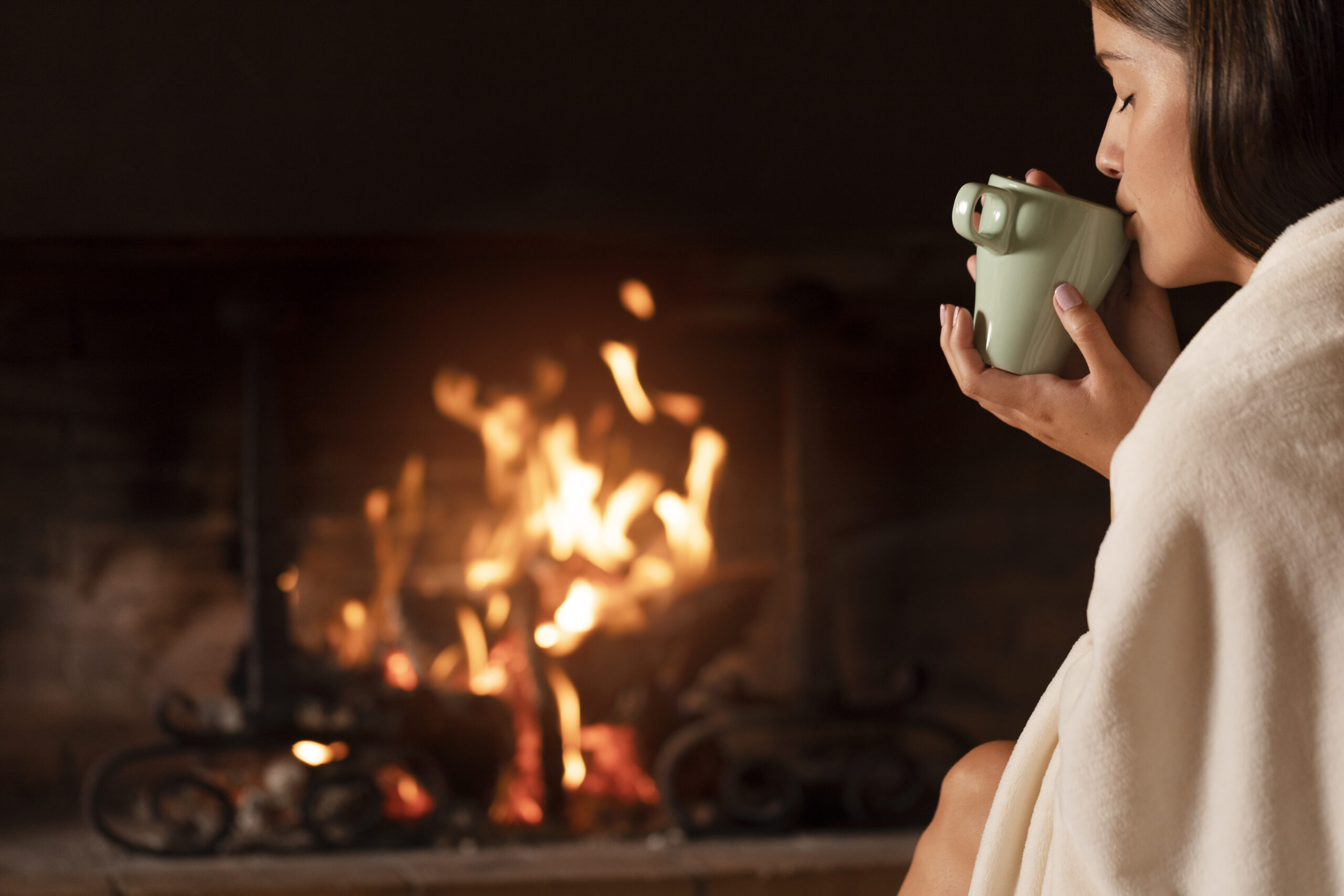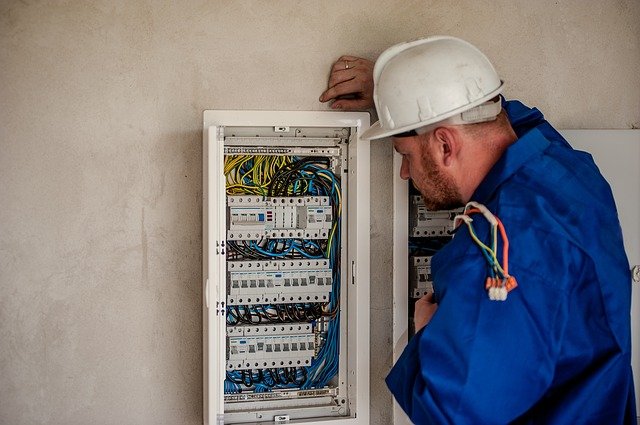Winter is when your home should be a cozy haven away from the freezing temperatures. Thermostats can be an excellent way to warm your house, but they can also impact your energy bills.
Warming and weatherizing your home in the winter can help you keep your heating bill low without sacrificing comfort. You should install updated windows and inspect the insulation in your attic as permanent measures. If the skies are blue, you can let in warm air from the sun by purchasing a door draft stopper.
The following tricks will keep the cool air out of your home and the warm air in.
- Install Programable Thermostat
- Using a programmable thermostat gives you more control over the temperature in your home throughout the day so that it does not remain at 68°F throughout the day. During the day, keep your house warm, and then set your thermostat to lower the temperature when you’re away. If you arrive home or wake up in a cold place, schedule the temperature to return to normal before you step inside.
- The Home Depot sells intelligent thermostats that you can adjust from your phone even when you’re not home ($249, The Home Depot). Saving tons on heating costs is easy with this DIY upgrade.
- Intelligent learning thermostats automatically program based on your preferences and patterns while home based on your current temperature, and “The thermostat will adjust according to your patterns and settings as the weather outside changes,” According to Thumbtack’s Senior Director of Strategic Partnerships and New Ventures, David Steckel. During the day, if the thermostat does not see any movement for a couple of hours, it will calculate that you are not home, so it won’t turn on the furnace. This will save you up to 10% on your heating bill.”
- Making sure heating vents are open and not blocked
- Blessed Electric and Air’s Jeff Robertson says closing vents does not save money because unused rooms are not heated. In Robertson’s opinion, the HVAC system at your home is vital to provide hot air in every room, regardless of how many open vents.
- Partially closing vents can help pump air into the right areas, but leave them open at least 25%. ” Your system will overwork if your ducts are fully closed, leading to higher energy bills and damage over time.
- Ensure your home’s warm-air vents, radiators, and other heaters are not blocked, so your heating system works as efficiently as possible. Ensure no obstructions to airflow, such as rugs, furniture, or curtains. To prevent dust buildup, make sure you regularly clean your furnace filter and clean these areas.
- Add Draft Door Stopper
- Doorways are easy entry points for cold air, but draft guards can keep it out. These handy objects are wrapped in fabric and weighted with sand to keep a chilled atmosphere from entering through the front door. Making your own is an option if you so desire. Make a doorway cover by cutting a length of fabric into a tube, sewing it together, then filling it with stuffing and closing it. Adding a draft stopper to the door will not stop the cool breeze from wafting in when you open it, but it will help when it is closed.
- Insulate windows with bubble wrap or plastic film.
- Bubble wrap and plastic film can insulate windows very quickly and cheaply. These window film insulation kits use transparent shrink film to create a protective barrier around drafty windows. Using a hairdryer, seal the plastic sheet to the adhesive tape after cutting it to the size of your window. The Wrap peels off cleanly at the end of the season.
- If you plan to use bubble wrap, choose a medium to large size ($15, Target). Small bubble wrap is too thin to block cold air and will not be as effective as oversized bubble wrap. Be sure to measure your windows before cutting the bubble wrap. Once that is done thoroughly, spray the window with a thin layer of water. The bubble wrap should be pressed to the window right after pouring, with the bubbles facing the glass. Bubble wrap will stick to the water and stay intact all winter long, keeping you warm.
- Seal your Windows
- Another good thing you can do is seal your windows. The best way to keep drafts out of your home is to replace old caulking and add weatherstripping, says Robertson. The first step in this process is to remove all corroding caulk from the frame. Remove the old caulk and use a caulk gun to apply a new layer. Apply a thin layer of caulk and smooth it out with your finger. In addition to sealing your windows’ exterior, you should close the interior.
- “In addition to updating your windows, this is an excellent time to switch to storm or insulated windows so that you can improve your home’s energy efficiency and stay warm this winter,” suggests Robertson.
- Open Curtains on a sunny day
- You can use this housewarming hack for free! Make sure you check the weather before you leave for the day. Let nature heat your home for free by opening the blinds and curtains around the house when the sun is out. Close all curtains at night to keep cold air out.
- Put your ceiling fans on reverse.
-
Here’s a hack that usually goes unnoticed. According to Robertson, your ceiling fan operates clockwise during summer to pull warm air upward. During the winter, fans can also keep your home warm.
-
“You can set them to run counterclockwise, which circulates the air and pushes warm air down,” Robertson says.
-
- Keep interior doors open.
- I am not referring to the outside doors in your home but to the gates surrounding the interior. There may seem to be some contradiction between closed doors to some rooms and the theory that they require less heating overall. It will help regulate the house’s temperature and keep your doors open. Robertson says this will allow air to circulate throughout the home.
-
“Blocking off unconnected areas of the HVAC system, which have no purpose without it, makes sense,” Robertson says.”Where there are vents, heat will come out, and internal opening doors will circulate the [warm] air.”
- Boost insulation
- Checking your insulation as winter approaches can save you money, even if it is a little more involved. A thorough inspection of your insulation may be in order if you haven’t done so for a while. Added insulation to your home will help regulate the temperature and prevent energy loss through your basement and attic.
- Bake some treats
- Want to get warm fast? Here’s an idea. Turn on the oven to warm the house as you bake your favorite treat. Just a crack in the oven door, while it’s cooling is all you need to do when it has finished baking.
IMPORTANT: When the oven door has been open, turn it off. You can quickly and inexpensively heat your kitchen with heat. After all the heat has come out, close the door. If you have pets or small children, it is not advisable to do this.



